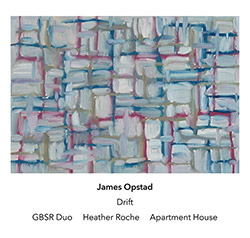
The debut composer album from Apartment House bassist James Opstad presents five chamber works performed by Apartment House, the GBSR Duo, and clarinettist Heather Roche, tracing his evolution from electroacoustic exploration to intricately layered instrumental writing, where overlapping tempi, gradual transformations, and subtle harmonic shifts create a sense of suspended motion and quiet intensity.
In Stock
Quantity in Basket: None
Log In to use our Wish List
Shipping Weight: 3.00 units
EU & UK Customers:
Discogs.com can handle your VAT payments
So please order through Discogs
Sample The Album:
James Opstad-composer
Heather Roche-clarinet
Siwan Rhys-piano
George Barton-piano, vibraphone
Mira Benjamin-violin
Gordon MacKay-violin
Bridget Carey-viola
Anton Lukoszevieze-cello
Click an artist name above to see in-stock items for that artist.
Label: Another Timbre
Catalog ID: at242
Squidco Product Code: 36800
Format: CD
Condition: New
Released: 2025
Country: UK
Packaging: Cardboard Gatefold
Recorded in London and Birmingham, UK, in 2020-2024, by Simon Reynell.
"Five chamber works by James Opstad, played by Apartment House, the GBSR Duo and clarinettist Heather Roche. James Opstad is probably better known as the double bassist with Apartment House than as a composer. But this should change with this release, the first CD of his music as a composer. Five beautiful pieces tracking the evolution of Opstad's work as it moves from textural electro-acoustic music to pieces exploring the layering of instruments playing at slightly different tempi:
"Eluvium marked a bit of a turning point for me. In the period prior to writing it, I had been exploring electroacoustic music and the use of live electronics. This had led me towards writing music that was very sound based. I was starting to long for a return to using pitch in a more deliberate way-even just the act of writing one note after another. I was still interested in using technology but was more keen on how it could be used within a primarily acoustic context.
Eluvium involves a live feedback process in which the clarinet and tam-tam are recorded in real-time. The recording is then played through a speaker that is placed behind the tam-tam. This process repeats throughout the piece, leading to an accumulation of resonant frequencies. The sound-world does change considerably but it's all as a result of this process and the way in which the clarinet part is constructed. So, what I was looking for was this gradual transformation, but also a feeling of erasure. There's this sense in the clarinet part, resulting from the way that the tempi are alternated and layered, that it sort of wipes itself out. This is heightened by the blurring effect created by the tam-tam, which eventually engulfs the clarinet altogether.
I see this piece as a precursor of the rest of the music on the album, not only because of a renewed focus on pitch, but also because of the layering of different tempi. This went on to become a recurrent feature of my work."-Another Timbre
Another Timbre Interview With James Opstad
Let's start with the title piece, Drift, which is the last track on the album, and the longest by some way. I find it a really strong & engaging work. How did it come about, and why the rather unusual instrumentation (clarinet, piano, temple blocks)?
I started working on Drift in 2020 after completing Nymphaea, which is also written for the GBSR Duo. The initial version was just for piano and percussion. This was a time when everyone was affected by the COVID-19 pandemic and, for myself, it not only impacted my ability to work with other musicians, but also significantly delayed my chances of having a child (my wife and I were referred for fertility treatment shortly before the first lockdown). For a long time, this piece became inseparable in my mind from this rather dark time and, although I felt it was incomplete, I also found it difficult to contemplate returning to it. This all changed with the birth of our daughter, which somehow healed this association, and allowed me to look at the piece in a fresh and more positive light. So, in 2024, when she was a few months old, I began to reimagine the work as a trio with clarinet. It turned out to be the perfect way for me to find my way back into composing as a sleep-deprived new parent!
In terms of the piece itself, each instrument occupies its own tempo and, together, these tempi all slow over the full duration. There's often this sense of falling in my work-a sort of gravitational pull-and that's what is present here. Progressive lowering of the pitch material also leads to a gradual thickening of the timbre that, I feel, enhances this sensation. When adding the clarinet, it was important that it didn't feel like a solo instrument. I wanted the three instruments to be blended and equal, and for the listener's attention to be able to drift between them without hearing one as the primary focus.
The oldest piece on the CD is 'Eluvium', which dates from 2018. Again the instrumentation is unusual (clarinet & resonating tam-tam), but - unlike in the other pieces on the disc - the soundworld changes considerably during the course of the track. What were you looking for in this piece, and does the development of sounds within the piece date from an earlier phase of your compositional career?
Yes, this piece marked a bit of a turning point for me. In the period prior to writing it, I had been exploring electroacoustic music and the use of live electronics. This had led me towards writing music that was very sound based. I was starting to long for a return to using pitch in a more deliberate way-even just the act of writing one note after another. I was still interested in using technology but was more keen on how it could be used within a primarily acoustic context.
Eluvium involves a live feedback process in which the clarinet and tam-tam are recorded in real-time. The recording is then played through a speaker that is placed behind the tam-tam. This process repeats throughout the piece, leading to an accumulation of resonant frequencies. The sound-world does change considerably but it's all as a result of this process and the way in which the clarinet part is constructed. So, what I was looking for was this gradual transformation, but also a feeling of erasure. There's this sense in the clarinet part, resulting from the way that the tempi are alternated and layered, that it sort of wipes itself out. This is heightened by the blurring effect created by the tam-tam, which eventually engulfs the clarinet altogether.
I see this piece as a precursor of the rest of the music on the album, not only because of a renewed focus on pitch, but also because of the layering of different tempi. This went on to become a recurrent feature of my work.
Yes, the layering of different tempi is a really striking feature of the album. Have you a sense of where your interest in this aspect of music comes from? Are there other composers who have influenced you in this?
I think a lot of different interests of mine intersected to lead me in this direction. There are some Feldman pieces where the parts are uncoordinated-I'm thinking of early pieces, such as the Piece for Four Pianos, where the players read from the same score, but also later pieces, like Why Patterns?, where there are separate parts that proceed independently. I think, in this music, I get a sense of the parts coexisting within a shared space that I really like. By layering tempi, I'm trying to capture some of that sense while having a bit more control over the moment to moment relationship between the parts. I also love early music and can trace the prolation canons written by Ockeghem as another influence. In these pieces, mensuration markings indicate that the same part should be performed with different alterations of the durations, so it's a similar idea of layering and stretching the material. On a technical level, Nancarrow is an influence, though I don't think anyone would guess that from listening to the music! Some of the underlying principles, however, such as using ratios to establish the relationships between tempi, are similar. And then there are ideas from physics that have affected how I think about time more generally. Carlo Rovelli's book, The Order of Time, is a great read that I would recommend to anyone.
I should add that it's not really my intention that these ideas are evident to the listener. It's more about striving for this slightly elusive quality where some aspects of the music exist on the threshold of comprehension. That's something that I have come to realise is a common thread in a lot of the music I love.
And where do you think the return to using pitch came from?
I've always been interested in counterpoint, but around the time of writing Eluvium I became particularly interested in canon. I like the way that writing canonically leads to each note creating a sort of ripple effect. I think, off the back of being interested in process based music, canon was inviting because it brings process into the note to note creation of a piece. So, this gave me a way to reconnect with pitch and immerse myself more in the interplay between the voices, while still exploring more abstract ideas in terms of form and structure.
Could you tell us a bit about your background in music, both as a performer and a composer?
There was a lot of music around the house when I was growing up; my brothers are both musicians and my parents are great music lovers. I listened to jazz and was also exposed to 20th century classical music, including composers such as Messiaen and Takemitsu. I began to write music of my own and also played cello, piano and bass guitar. I then went to a specialist music school where I studied composition and started to play double bass. During this time, performing became my main focus and I went on to study jazz double bass at the Royal Academy of Music, where I also continued classical studies.
My work since as a performer has been very varied and I've been lucky to play with many amazing musicians. It was via performing in freely improvised settings that I arrived at a renewed interest in experimental music and composition. Discovering Another Timbre and listening to Apartment House perform were both highly influential at this time (it was a little later that I started to perform with Apartment House). I think the way I write has grown quite organically since. I have wide ranging musical interests but don't feel the need to channel them all into my work. Instead, I feel that they have affected my sensibilities in many subtle ways. Ultimately, I don't believe that there is one way of making music that has all the answers. When I am composing I often want to achieve things that can't be done through improvisation and the reverse is also true when I am improvising. Performing music by other composers also affects the music I write, of course.
One aspect I haven't mentioned is my interest in technology, which also traces back to my childhood. I initially found an outlet for this in live electronics but later became interested in other ways of using technology in performance. Much of the music on this album was written during my PhD and as part of this I developed a custom score reading application. This aids the performance of simultaneous divergent tempi by providing each performer with their own pulse that is present in the score.
Artist Biographies
• Show Bio for James Opstad "James Opstad is a United Kingdom bassist, composer and one third of duck-rabbit music." ^ Hide Bio for James Opstad • Show Bio for Heather Roche "Born in Canada, clarinetist Heather Roche trained in England, lived in Germany for 7 years and now lives in London. She has performed at some of the major European festivals, including musikFest (Berlin), BachFest (Leipzig), Musica Nova (Helsinki), Acht Brücken (Cologne), the International Computer Music Conference (Huddersfield, Ljubljana), the Dias de Música Electroacústica (Seia, Portugal) and the Agora Festival (Ircam, Paris). She has also performed solo programmes at the Zagreb Music Biennale, the Huddersfield Contemporary Music Festival, the New York Electroacoustic Symposium, at CIRMMT (Montreal), Unerhörte Musik (Berlin), Eavesdropping (London), and with the Birmingham Electroacoustic Sound Theatre (BEAST). She has performed with ensembles and orchestras including Musik Fabrik (Cologne), the WDR Orchestra (Cologne), mimitabu (Gothenburg), the London Symphony Orchestra (London), ensemble Garage (Cologne), ensemble interface (Berlin), the Riot Ensemble (London), the Alisios Camerata (Zagreb), and ensemble proton (Bern). She also plays across the UK in a trio with Carla Rees (flutes) and Xenia Pestova (piano) and in 2015 formed an duo with the accordionist Eva Zöllner, with whom she has played across Germany, the UK and in Portugal. She is a founding member of hand werk, a 6-person chamber music ensemble based in Cologne, and worked with the group from 2010-2017. She has solo CDs out on the HCR/NMC and Métier labels. Please see the Discography for further details. In 2014 she was awarded a DIVA (Danish International Visiting Artists Fellowship), and lived in Copenhagen for two months. Since 2016 she has acted as the Reviews Editor for TEMPO, a quarterly journal for contemporary music published by Cambridge University Press. Her website is host to one of the most widely read new music blogs on the Internet. In 2017 it had 75,000 hits from around the world. She successfully crowdfunded in 2014 in order to host her first composition competition. Six young composers were chosen out of 270 applicants to write new pieces, which were premiered in 2016. She is a fervent advocate of collaboration, and her PhD research at the University of Huddersfield (under the supervision of Dr. Philip Thomas) explored the nature of dialogue within performer-composer relationships. She has given workshops in instrumental technique and/or iPad use in performance all over Europe, for example in London, Munich and Copenhagen. Heather completed her Masters of Music (Orchestral Training) in 2006 at the Guildhall School of Music and Drama in London, studying under Joy Farrall and Laurent Ben Slimane, in addition to conducting with Sian Edwards. Following her degree she completed residencies with the International Ensemble Modern Academy, at IMPULS in Graz and with ensemble recherche in Freiburg, the Darmstadt Summer Courses 2008 and 2010 and the International Ensemble Modern Academy in Innsbruck, Austria. She has performed in masterclasses with Michael Collins, Ernesto Molinari and Shizuyo Oka, to name a few. She completed her BMus in 2005 at the University of Victoria, Canada, studying under Patricia Kostek." ^ Hide Bio for Heather Roche • Show Bio for Siwan Rhys "Welsh pianist Siwan Rhys enjoys a varied career of solo, chamber, and ensemble playing, with a strong focus on contemporary music and collaboration with composers. She has played at prestigious British venues such as the Barbican Hall, Wigmore Hall, Royal Festival Hall, St David's Hall, Symphony Hall, and abroad at the Elbphilharmonie Hamburg, Le Tambour Rennes, and Shanghai Symphony Hall amongst others. She has also appeared at the Aldeburgh Festival, BBC Proms, Principal Sound, Occupy the Pianos, Lille Piano(s) Festival, and has recorded many times for television, radio, and labels such as NMC, all that dust, and Prima Facie. Her recent recording of Stockhausen's KONTAKTE (with percussionist George Barton) was released in October 2019 on the all that dust label. Recent concert engagements include performances of Charles Ives' 'Concord Sonata' in France as part of the Oeuvres Monstres series, Nono's ...sofferte onde serene... at the Principal Sound festival, Feldman's For Philip Guston and Why Patterns?, Stockhausen's KONTAKTE, and appearances at Occupy the Pianos and Lille Piano(s) Festival playing music by Vivier and Eastman. Also a regular ensemble and orchestral pianist, Siwan has worked with the London Sinfonietta, Birmingham Contemporary Music Group, Colin Currie Group, Aldeburgh Festival Ensemble, Mahogany Opera Group, Music Theatre Wales, Philharmonia Orchestra, London Symphony Orchestra, and City of Birmingham Symphony Orchestra, with conductors Oliver Knussen, François-Xavier Roth, and George Benjamin among others. Siwan works regularly with mezzo-soprano Lucy Goddard, and is a member of GBSR piano-percussion duo with whom she was a 2017-18 St John's Smith Square Young Artist. She is an honorary member of the Welsh Gorsedd of Bards and an Entente Cordiale alumna. She teaches at the London Contemporary School of Piano." ^ Hide Bio for Siwan Rhys • Show Bio for George Barton "George Barton is a solo, chamber and orchestral percussionist and timpanist based in London. He is a member of the Colin Currie Group and has also worked with the London Symphony Orchestra, Orchestra of the Age of Enlightenment, Nash Ensemble, Britten Sinfonia, Aurora Orchestra, Birmingham Contemporary Music Group, Endymion, Music Theatre Wales, BBC Singers, Mahogany Opera Group, Notes Inégales, Riot Ensemble, London Contemporary Orchestra, the Royal Opera House, and the Multi-Story Orchestra, among many other ensembles and orchestras. As a solo artist George has performed at the Southbank Centre's "The Rest is Noise" festival, the "Occupy the Pianos" festival at St John's Smith Square, and at a number of Nonclassical events across London, among other venues across the UK. His collaboration with Turner Prize -winning artist Jeremy Deller at the Barbican's Station to Station festival was featured on BBC2's Artsnight, and his playing has been recorded and broadcast many times for BBC Radio 3 and NMC. He was featured soloist at Filthy Lucre's The Sounding Body concerts and clubnight - footage available on the media page. As an ensemble and orchestral player he has performed at all the major London concert halls, including at the BBC Proms every year since 2014, as well as such venues as the Cologne Philharmonie, Elbphilharmonie Hamburg, Tokyo Opera City, and many others. He has performed chamber music at various venues around the UK and abroad, including the Concertgebouw Grote Zaal, Amsterdam, Cité de la Musique, Paris, Delft Chamber Music Festival, Royal Festival Hall, and Huddersfield Contemporary Music Festival. With duo partner Siwan Rhys he has performed at St John's Smith Square, Barbican Hall, the City of London Festival, XOYO, Scala and The Forge, among other venues. Committed to commissioning new music, the duo became New Dots artists in 2014; in 2017 they took part in the Stockhausen biennial at Kürten, performing Kontakte and solo works. The duo was selected to become one of three St John's Smith Square Young Artists for the 2017-18 season. Their programme for the season included the premiere of a 40-minute work from Oliver Leit and the UK premiere of Eric Wubbels' doxa, alongside music by Stockhausen, Kagel, Cage, Fran le Lohé and John Luther Adams, as well as unpublished music by Morton Feldman." ^ Hide Bio for George Barton • Show Bio for Mira Benjamin "Mira Benjamin is a Canadian violinist, researcher and new-music instigator. She performs new and experimental music, with a special interest in microtonality & tuning practice. She actively commissions music from composers at all stages of their careers, and develops each new work through multiple performances. Current collaborations include new works by Anna Höstman, Scott McLaughlin, Amber Priestley, Taylor Brook and James Weeks. Since 2011, Mira has co-directed NU:NORD - a project-based music and performance network which instigates artistic exchanges and encourages community building between music creators from Canada, Norway & the UK. To date NU:NORD has engaged 79 artists and commissioned 62 new works. Through this initiative, Mira hopes to offer a foundation from which Canadian artists can reach out to artistic communities overseas, and provide a conduit through which UK & Norwegian artists can access Canada's rich art culture. Originally from Vancouver, British Columbia, Mira lived for ten years in Montréal, where she was a member of Quatuor Bozzini. Since 2014 she has resided in London (UK), where she regularly performs with ensembles such as Apartment House, Decibel, and the London Contemporary Orchestra Soloists, and is currently the Duncan Druce Scholar in Music Performance at the University of Huddersfield. Mira is the recipient of the 2016 Virginia Parker Prize from the Canada Council for the Arts. The prize is awarded annually to a Canadian musician in recognition of their contribution to the artistic life in Canada and internationally." ^ Hide Bio for Mira Benjamin • Show Bio for Gordon MacKay "Violinist Gordon MacKay was a member of the National Youth Orchestra of Scotland before gaining a music degree at the University of London. He is currently a member of contemporary group Apartment House, and has also performed with the Kreutzer Quartet, as well as featuring as a guest player with Lontano and the London Symphony Orchestra. He has recorded a solo violin work by Sylvano Bussotti for BBC Radio 3, and performed a violin duo by Effy Efthymiou with Madeleine Mitchell, which was shortlisted for the Ivan Juritz Prize in 2018." ^ Hide Bio for Gordon MacKay • Show Bio for Bridget Carey "Bridget Carey studied jointly at the Royal Academy of Music and London University and has pursued a varied freelance career based in London, and has developed a particular reputation in the field of new music. For 15 years she premiered new chamber opera for the Almeida, whilst working in dance scores with Siobhan Davies and Rambert companies, classical contemporary with Opus 20 and Music Projects/London and new complexity with Ensemble Expose. From 1995-2005 she was viola player with the Kreutzer string quartet. More recently, her chamber music interests include Okeanos and the RPS award-winning experimental music group Apartment House, with whom she continues to add to her chamber music discography. She has been a member of Britten Sinfonia for the last 20 years, and is a regular guest with London Sinfonietta and BCMG, among others." ^ Hide Bio for Bridget Carey • Show Bio for Anton Lukoszevieze "Cellist Anton Lukoszevieze (born 1965 in the UK) is one of the most diverse performers of his generation and is notable for his performances of avant-garde, experimental and improvised music. Anton has given many performances at numerous international festivals throughout Europe and the USA (Maerzmusik, Donaueschingen, Wien Modern, GAS, Transart, Ultima, etc.etc.). He has also made frequent programmes and broadcasts for BBC Radio 3, Danish Radio, SR2, Sweden, Deutschland Rundfunk, WDR, Germany and ORT, Austria. Deutschlandfunk, Berlin produced a radio portrait of him in September, 2003. Anton has also performed concerti with the City of Birmingham Symphony Orchestra at the 2001 Aldeburgh festival and the Netherlands Radio Symphony Orchestra. He has collaborated with many composers and performers including David Behrman, Alvin Lucier, Amnon Wolman, Pierre Strauch, Rytis Mazulis, Karlheinz Essl, Helmut Oehring, Christopher Fox, Philip Corner, Alvin Curran, Phill Niblock and Laurence Crane, He is unique in the UK through his use of the curved bow (BACH-Bogen), which he is using to develop new repertoire for the cello. From 2005-7 he was New Music Fellow at Kings College, Cambridge and Kettles Yard Gallery. Anton is the subject of four films (FoxFire Eins) by the renowned artist-filmmaker Jayne Parker. A new film Trilogy with compositions by Sylvano Bussotti, George Aperghis and Laurence Crane premieres at The London Film Festival, October 2008. In November will premiere a new hour long work by Christopher Fox for cello and the vocal ensemble Exaudi commissioned by the Huddersfield Contemporary Music Festival and will also present new solo works for cello and live electronics. Anton is also active as an artist, his work has been shown in Holland (Lux Nijmegen), CAC, Vilnius, Duisburg (EarPort), Austria, (Sammlung Essl), Wien Modern, The Slade School of Art, Kettles Yard Gallery, Cambridge Film Festival and Rational Rec. London. His work has been published in Musiktexte, Cologne, design Magazine and the book SoundVisions (Pfau-Verlag, Saarbrucken, 2005). Anton Lukoszevieze is founder and director of the ensemble Apartment House, a member of the radical noise group Zeitkratzer and recently made his contemporary dance debut with the Vincent Dance Company in Broken Chords, Dusseldorf." ^ Hide Bio for Anton Lukoszevieze
10/6/2025
Have a better biography or biography source? Please Contact Us so that we can update this biography.
10/6/2025
Have a better biography or biography source? Please Contact Us so that we can update this biography.
10/6/2025
Have a better biography or biography source? Please Contact Us so that we can update this biography.
10/6/2025
Have a better biography or biography source? Please Contact Us so that we can update this biography.
10/6/2025
Have a better biography or biography source? Please Contact Us so that we can update this biography.
10/6/2025
Have a better biography or biography source? Please Contact Us so that we can update this biography.
10/6/2025
Have a better biography or biography source? Please Contact Us so that we can update this biography.
10/6/2025
Have a better biography or biography source? Please Contact Us so that we can update this biography.
Track Listing:
1. Nymphaea (2020) 13:52
2. Study 2 (2019) 07:04
3. Eluvium (2018) 09:15
4. Study 1 (2019) 03:30
5. Drift (2021/2024) 22:36
Compositional Forms
London & UK Improv & Related Scenes
Duo Recordings
Quartet Recordings
Solo Artist Recordings
Trio Recordings
Ambient, Minimal, Reductionist, Onky Sound, &c.
New in Compositional Music
Recent Releases and Best Sellers
Search for other titles on the label:
Another Timbre.
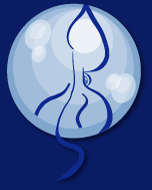

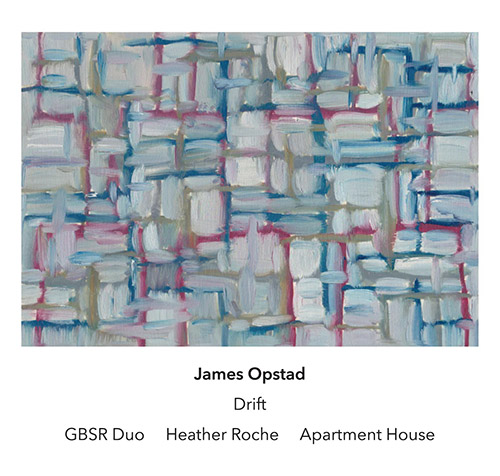
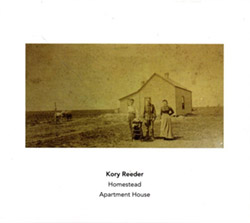
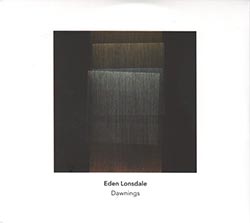
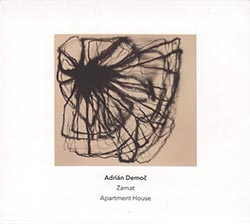
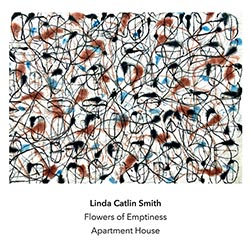
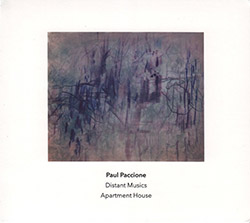
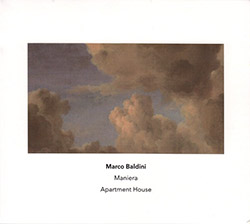
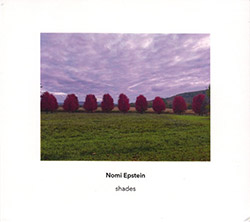
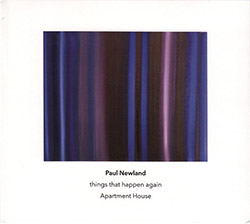
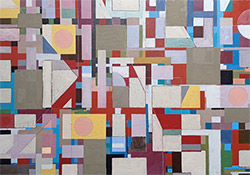
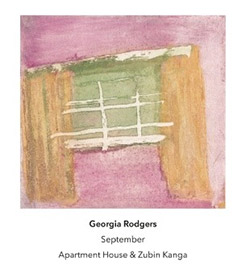
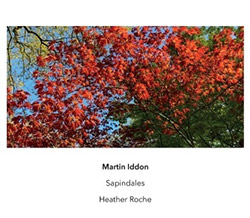
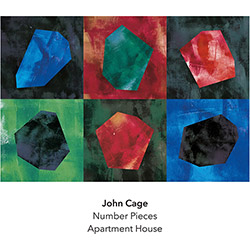
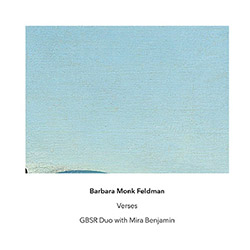
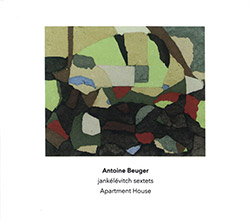
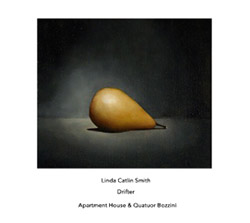

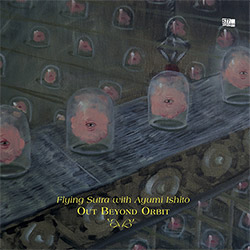
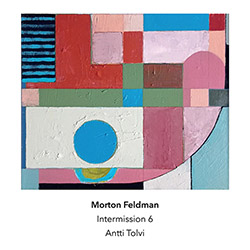
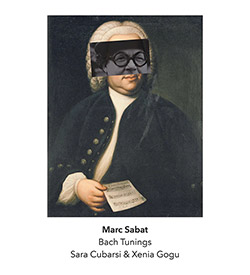
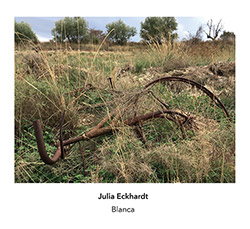
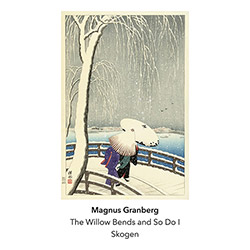
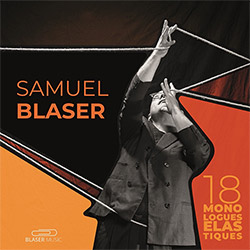
![Necks, The: Disquiet [3 CDs]](https://www.teuthida.com/productImages/misc4/36735.jpg)
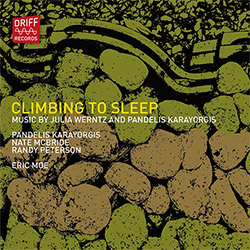
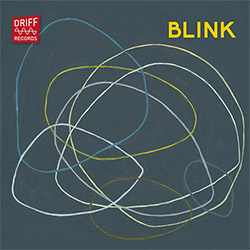
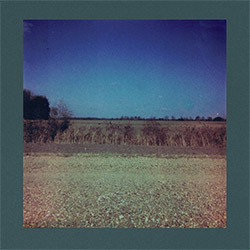
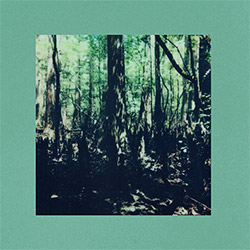
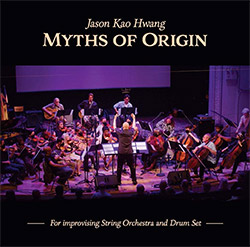
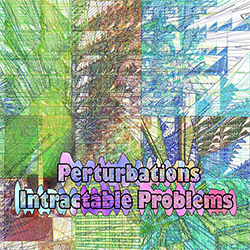
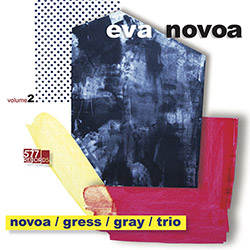
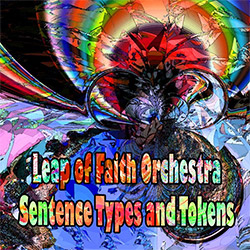
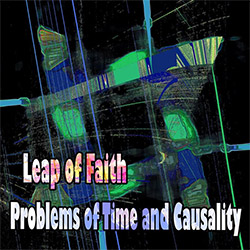
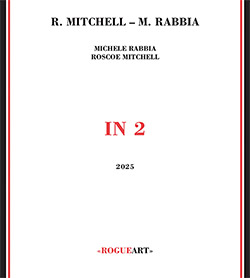
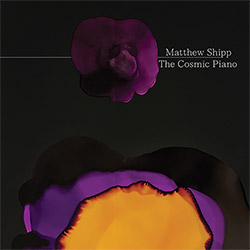
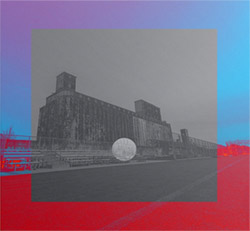
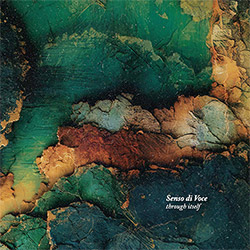
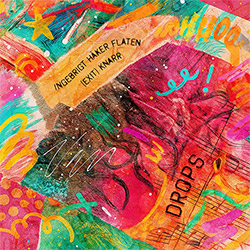
![Haker Flaten, Ingebrigt (Exit) Knarr: Drops [VINYL]](https://www.teuthida.com/productImages/misc4/36809.jpg)
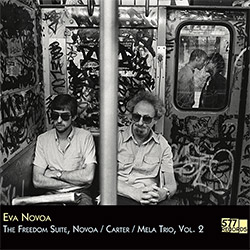
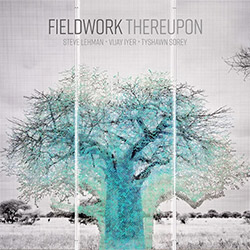
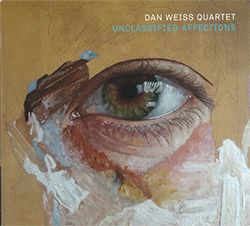
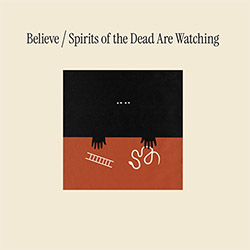
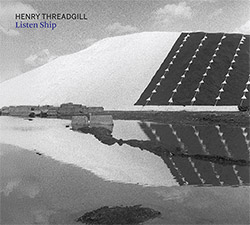
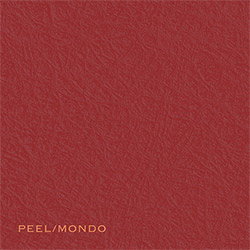
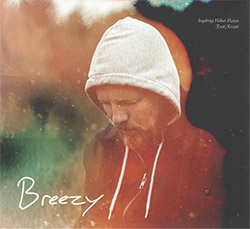
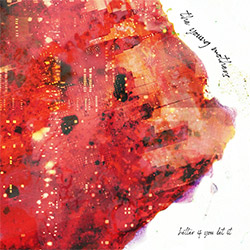
![Young Mothers, The (Haker-Flaten / Rosaly / Taylor / Jackson / Gonzalez / Horne): Better If You Let It [VINYL]](https://www.teuthida.com/productImages/misc4/36806.jpg)
![Doneda, Michel / Frederic Blondy: Points Of Convergences [2 CDs]](https://www.teuthida.com/productImages/misc4/36749.jpg)
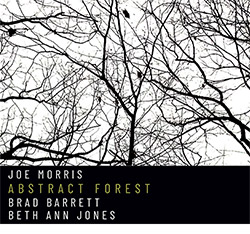
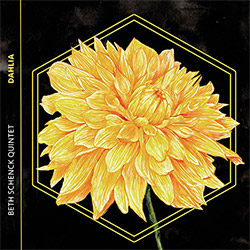
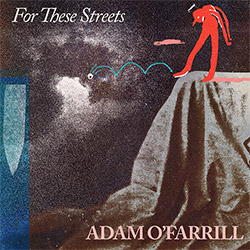
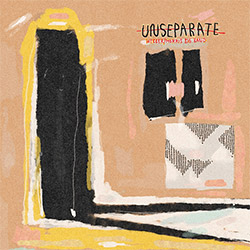
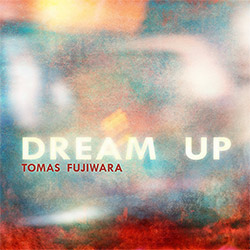
![Schulze, Phillip (w/ Anthony Braxton / Christian Jendreiko / Andrew Raffo Dewar / Detlef Weinrich): Ambassador Duos [DOUBLE VINYL + CD]](https://www.teuthida.com/productImages/misc4/36733.jpg)
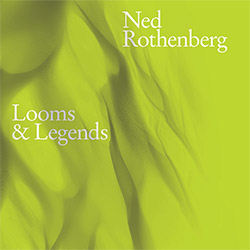
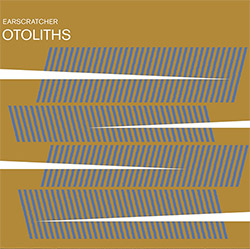
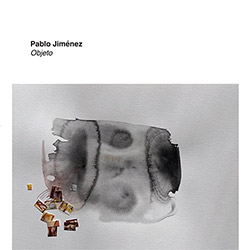
![Normand, Eric: Une Methode (Non Illustree) Pour Jouer La Basse Electrique [BOOK w/ DOWNLOAD]](https://www.teuthida.com/productImages/misc4/36794.jpg)
![Normand, Eric: Dur Temps Pour les Rouges [CASSETTE w/ DOWNLOAD]](https://www.teuthida.com/productImages/misc4/36775.jpg)
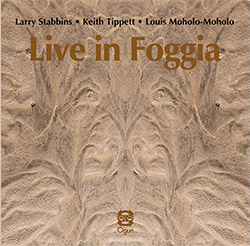
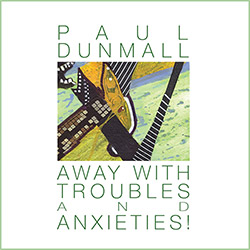

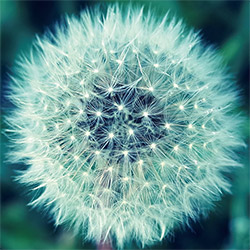
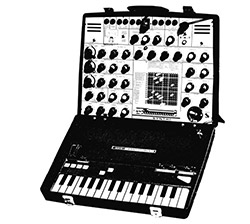
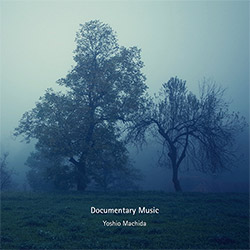
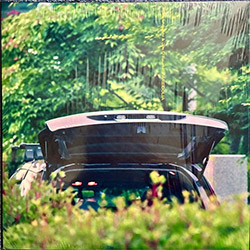
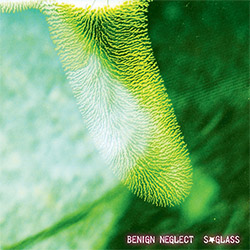
![A Magic Whistle: The Solar Cell [VINYL]](https://www.teuthida.com/productImages/misc4/36658.jpg)
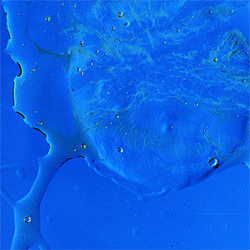
![McGee, Hal: Columbus Expedition [Cassette w/ Download]](https://www.teuthida.com/productImages/misc4/36650.jpg)
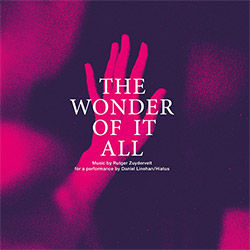
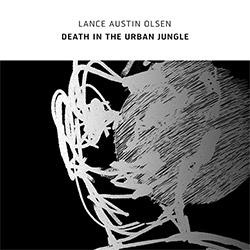
![Jaeger, Kassel: Fernweh [VINYL 2 LPs]](https://www.teuthida.com/productImages/misc4/36541.jpg)
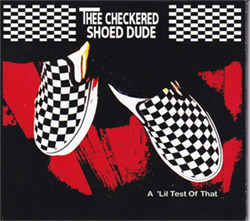
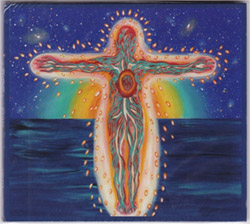
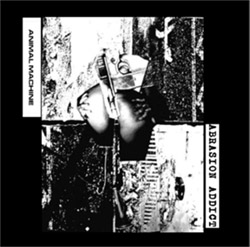
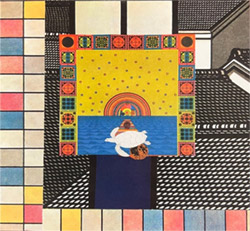
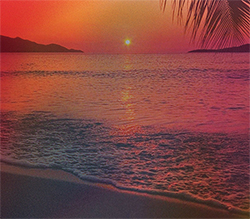
![+DOG+: The Light Of Our Lives [2 CDs]](https://www.teuthida.com/productImages/misc4/36009.jpg)
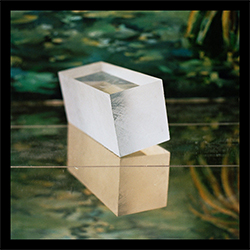
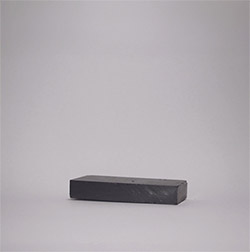
![Eternities: Rides Again [CASSETTE]](https://www.teuthida.com/productImages/misc4/36247.jpg)
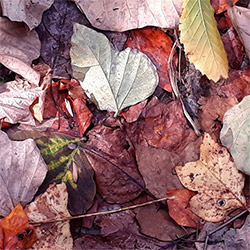
![Lopez, Francisco: Untitled (2021-2022) [2 CDs]](https://www.teuthida.com/productImages/misc4/36438.jpg)
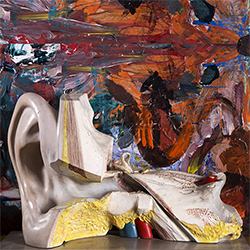
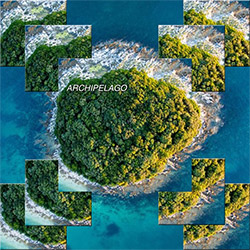
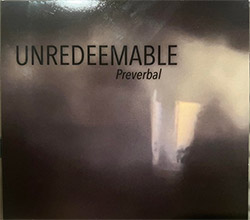
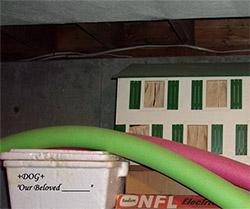
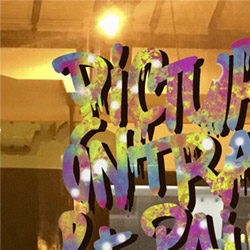
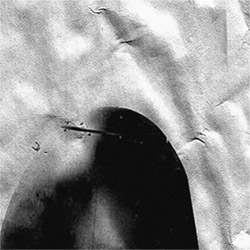
![Money : Money 2 [2 CDs]](https://www.teuthida.com/productImages/misc4/35894.jpg)
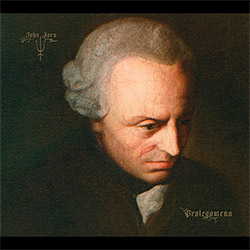
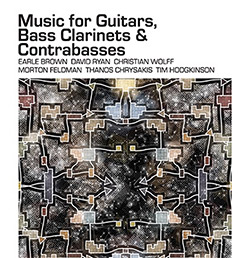
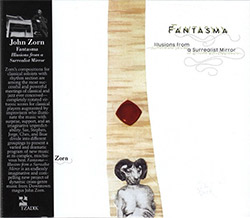
![Musicworks Magazine: #151 Summer 25 [MAGAZINE + CD]](https://www.teuthida.com/productImages/misc4/36559.jpg)
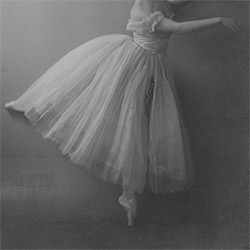
![Brown, Dan / Dan Reynolds: Live At The Grange Hall [unauthorized][CASSETTE]](https://www.teuthida.com/productImages/misc4/36245.jpg)
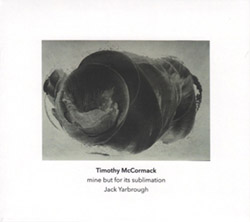
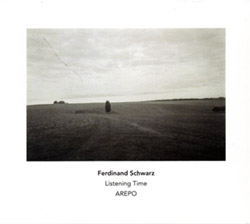
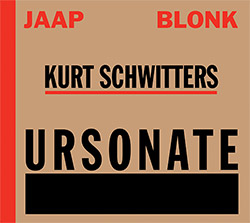
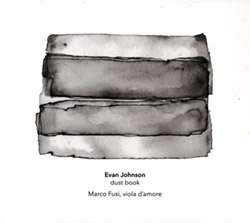
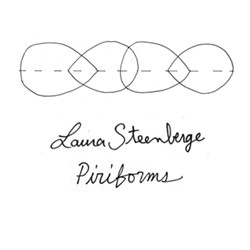
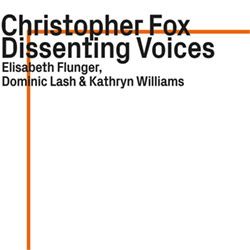
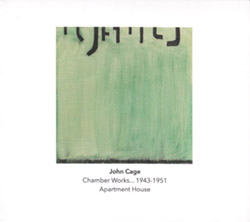
![Palestine, Charlemagne / Seppe Gebruers: Beyondddddd The Notessssss [VINYL]](https://www.teuthida.com/productImages/misc4/36206.jpg)
![Palestine, Charlemagne / Seppe Gebruers: Beyondddddd The Notessssss [NEON GREEN VINYL]](https://www.teuthida.com/productImages/misc4/36207.jpg)
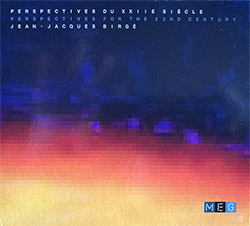
![Laubrock, Ingrid: Purposing The Air [2 CDs]](https://www.teuthida.com/productImages/misc4/35639.jpg)
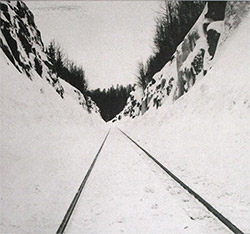
![Yoko, Ono / The Great Learning Orchestra: Selected Recordings From Grapefruit [2 CDs]](https://www.teuthida.com/productImages/misc4/35841.jpg)
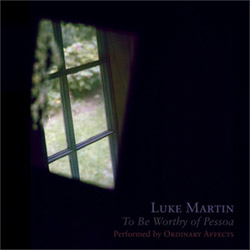
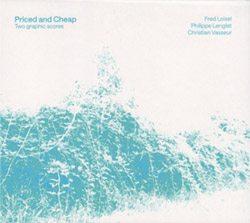
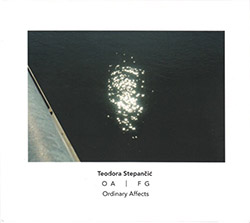
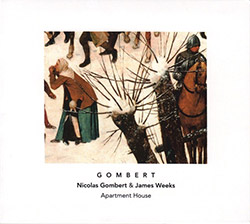
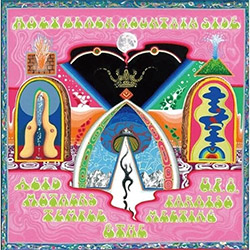
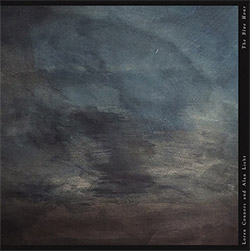
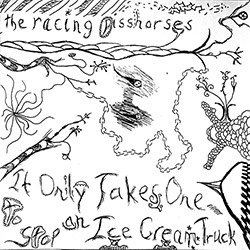
![Koenjihyakkei: Live at Club Goodman [2 CDs]](https://www.teuthida.com/productImages/misc4/36111.jpg)
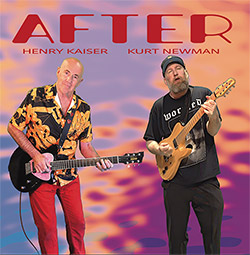
![Sorry For Laughing (G. Whitlow / M. Bates / Dave-Id / E. Ka-Spel): Rain Flowers [2 CDS]](https://www.teuthida.com/productImages/misc4/35985.jpg)
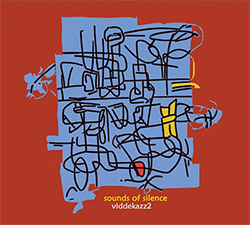
![Rolando, Tommaso / Andy Moor : Biscotti [CASSETTE w/ DOWNLOADS]](https://www.teuthida.com/productImages/misc4/36106.jpg)
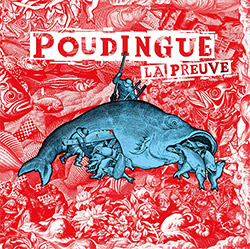
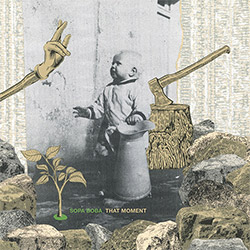
![Electric Bird Noise / Derek Roddy: 8-10-22 [CD EP]](https://www.teuthida.com/productImages/misc4/35970.jpg)
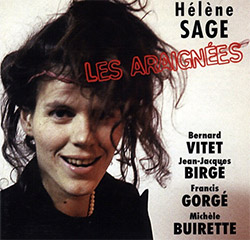

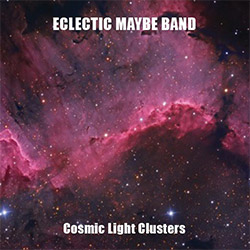
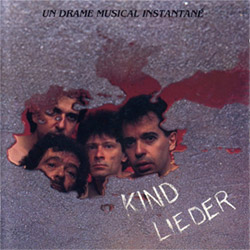
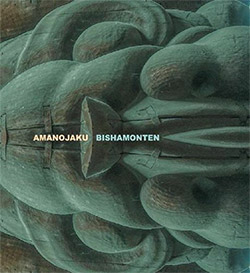
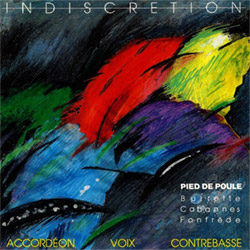
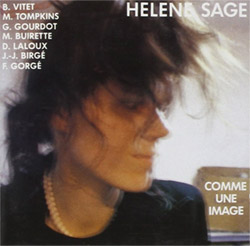
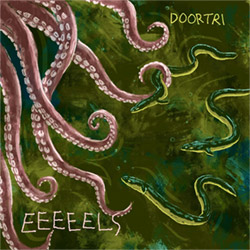
![Elephant9 : Mythical River [VINYL]](https://www.teuthida.com/productImages/misc4/34624.jpg)
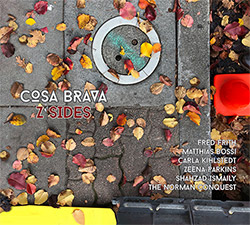
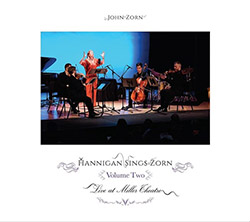
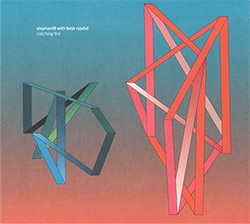
![Elephant9 with Terje Rypdal: Catching Fire [VINYL 2 LPs]](https://www.teuthida.com/productImages/misc4/35355.jpg)
![Deerlady (Obomsawin, Mali / Magdalena Abrego): Greatest Hits [VINYL]](https://www.teuthida.com/productImages/misc4/34876.jpg)
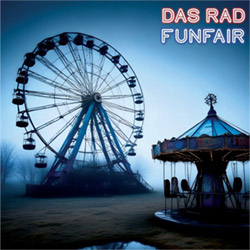
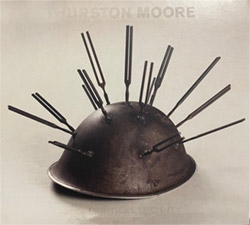
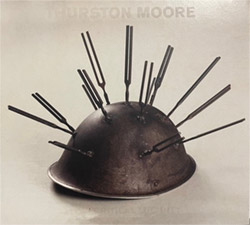
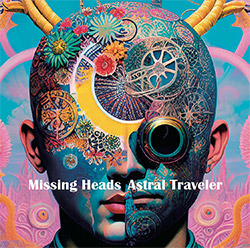
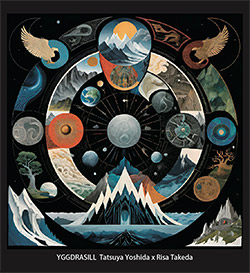
![Coley, Byron: Dating Tips for Touring Bands [VINYL]](https://www.teuthida.com/productImages/misc4/17906.jpg)
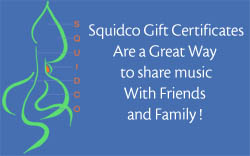
![Lost Kisses: My Life is Sad & Funny [DVD]](https://www.teuthida.com/productImages/misc4/lostKissesDVD.jpg)